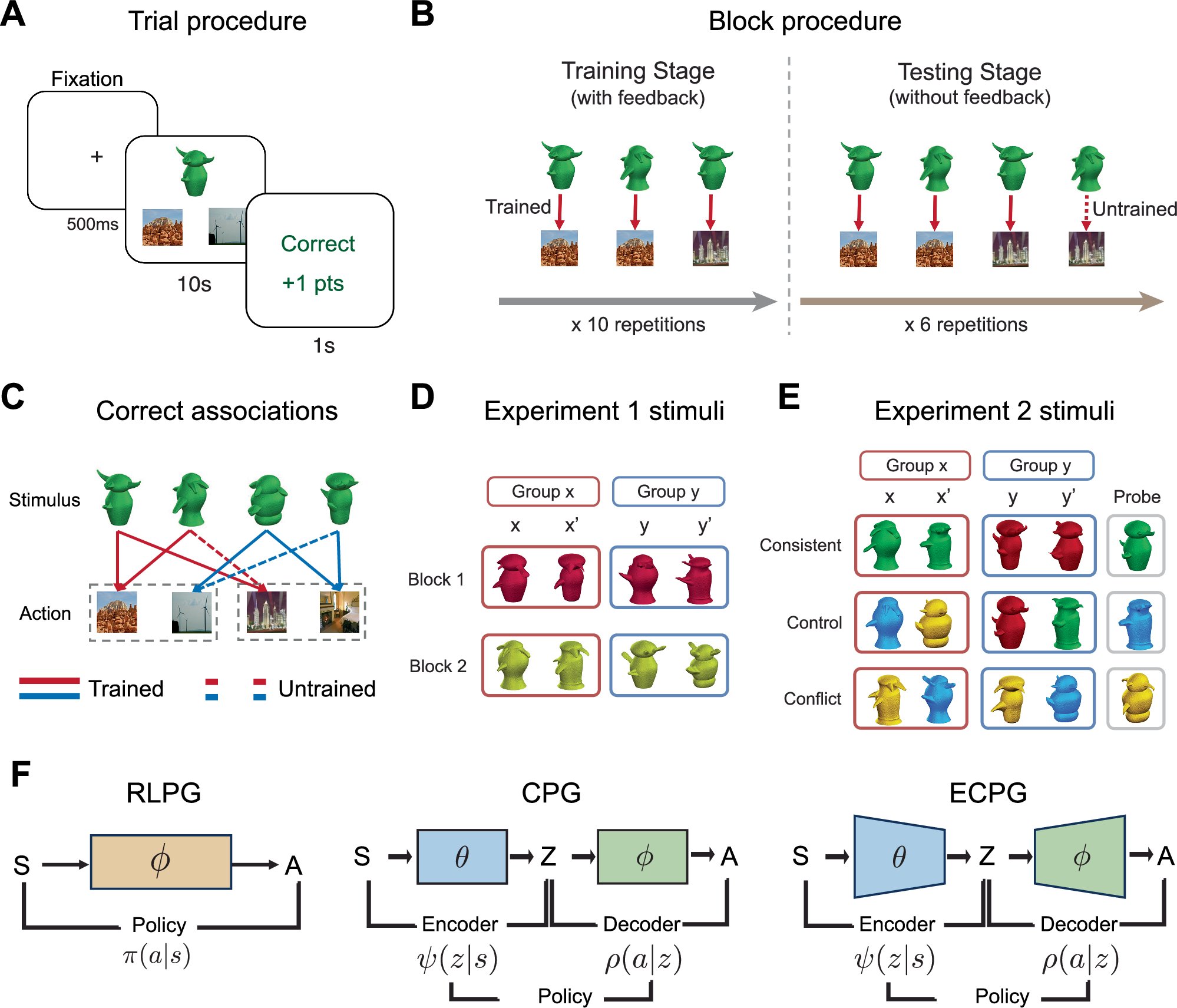Ali Mahmoodi
@alimahmoodi88
Neuroscientist interested in learning and decision making, Former engineer, Patzer. Also on bluesky at: https://bsky.app/profile/alimahmoodi.bsky.social
Excited to share our new paper @NeuroCellPress. Using fMRI, TMS and modelling we show that hippocampus infers responsibility when multiple people achieve an outcome together. With Shuyi Luo, @Caro_Harbison @payampiray and Matthew Rushworth. sciencedirect.com/science/articl…
🚨 New paper alert! Do time constraints reveal habitual behaviour? 🤔 We directly compared two major paradigms in the habit research field (Outcome Devaluation vs Response Remapping) under identical training and forced-response conditions 🧠⏲️⌨️ preprint: osf.io/preprints/psya…
Unfortunately, I still have to suffer a bunch of scum like him!
Mehdi smoked that Iranian Nazi so hard, his ancestors felt it.
it was so fun to work with this great team to understand what makes AI persuasive and why!
Today (w/ @UniofOxford @Stanford @MIT @LSEnews) we’re sharing the results of the largest AI persuasion experiments to date: 76k participants, 19 LLMs, 707 political issues. We examine “levers” of AI persuasion: model scale, post-training, prompting, personalization, & more 🧵
🚨 We’re hiring! The Computational Cognitive Neuroscience Lab @VT_Psychology is looking for a postdoc to join our team studying the neural + computational mechanisms of structure learning and flexible cognition: ccnvt.github.io/#positions
We have a Research Assistant position available in Rushworth Lab to help us with projects involving fMRI, TMS, and TUS. Find out more here my.corehr.com/pls/uoxrecruit…
New review on computational approaches to studying human planning out now in @TrendsCognSci! Really enjoyed having the opportunity to write something broader about the field with the help of @evanrussek @marcelomattar @weijima01 and @cocosci_lab cell.com/trends/cogniti…
Amazing work out in Nature: Inter-brain neural dynamics in biological and artificial intelligence systems nature.com/articles/s4158…

This is an incredible study: The dynamics and geometry of choice in the premotor cortex nature.com/articles/s4158…

Multi-timescale reinforcement learning in the brain nature.com/articles/s4158…

That was the last time I watched MOTD. Thank you for being a proper human being Gary, Mr "anti bad people".
It was an absolute honour to make @GaryLineker’s montage for his final ever #MOTD. Someone I was a fan of growing up and someone I’ve had the privilege of spending nearly every Saturday with for the past several years. You are a legend ❤️ The GOAT 🐐
Dopaminergic action prediction errors serve as a value-free teaching signal nature.com/articles/s4158…

Humans learn generalizable representations through efficient coding nature.com/articles/s4146…

Hippocampal output suppresses orbitofrontal cortex schema cell formation nature.com/articles/s4159…

Can't recommend enough!
How do cognitive maps fail? And how can this help us understand/treat psychosis? My lab at Experimental Psychology, Oxford is hiring a Postdoc tinyurl.com/2p935hhz and RA tinyurl.com/3myfpb78 to answer these questions in mouse models. Here's why you might want to join: 🧵
Very excited to share BlueBerry, our publicly available, multichannel wireless optogenetic device for freely moving rodents! Visit OptoBlueBerry.com for documentation, and see our preprint for details: biorxiv.org/content/10.110…
Heading to @CosyneMeeting next week. Will be in Montreal (and for a few days in Toronto afterward). If you want to chat about joining us in @CompNeuro_lab, drop me a line ;)
RT appreciated: We have a fully funded PhD position in @CompNeuro_lab (at TU Dresden). You can use forms.gle/qiAv5NZ871kvQ1… to send your application and find more information. The deadline is April 30. Find more about CMC lab: cmclab.org and email me if you have Qs.
Our brains use prediction in two seemingly contradictory ways. Our latest paper, just published in @natureneuro, shows how expectations both bias and sharpen perception at the same time. 1/n nature.com/articles/s4159…
Very beautiful work
New paper from our lab now in @Nature . We show that our brains use basis functions or "building blocks" to navigate social interactions. Rather than tracking every individual separately, social information is compressed into patterns that can be flexibly combined.